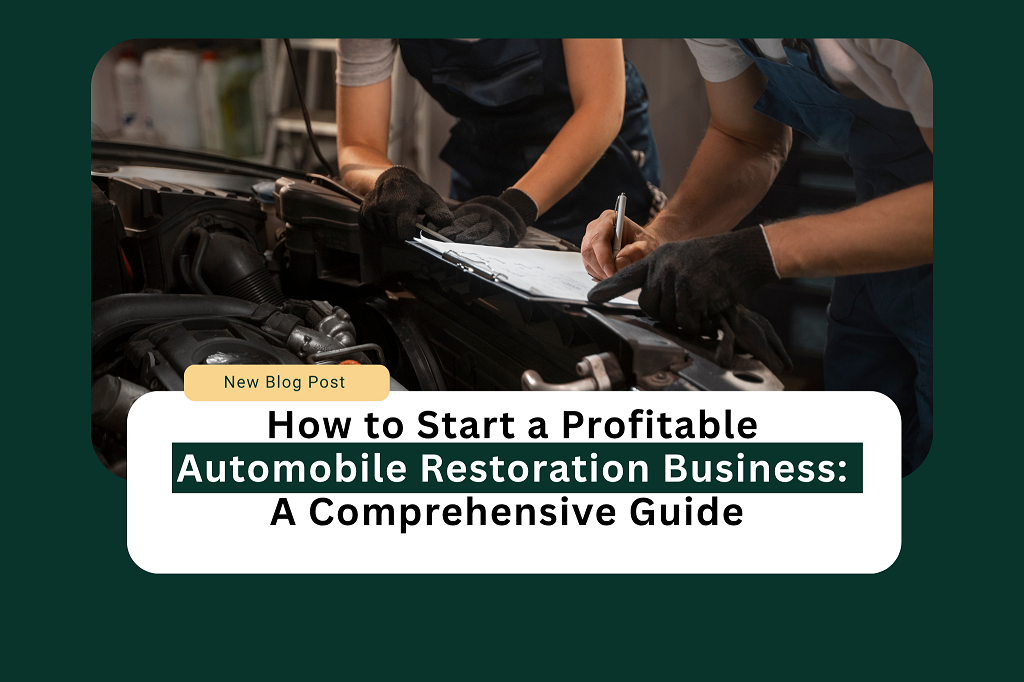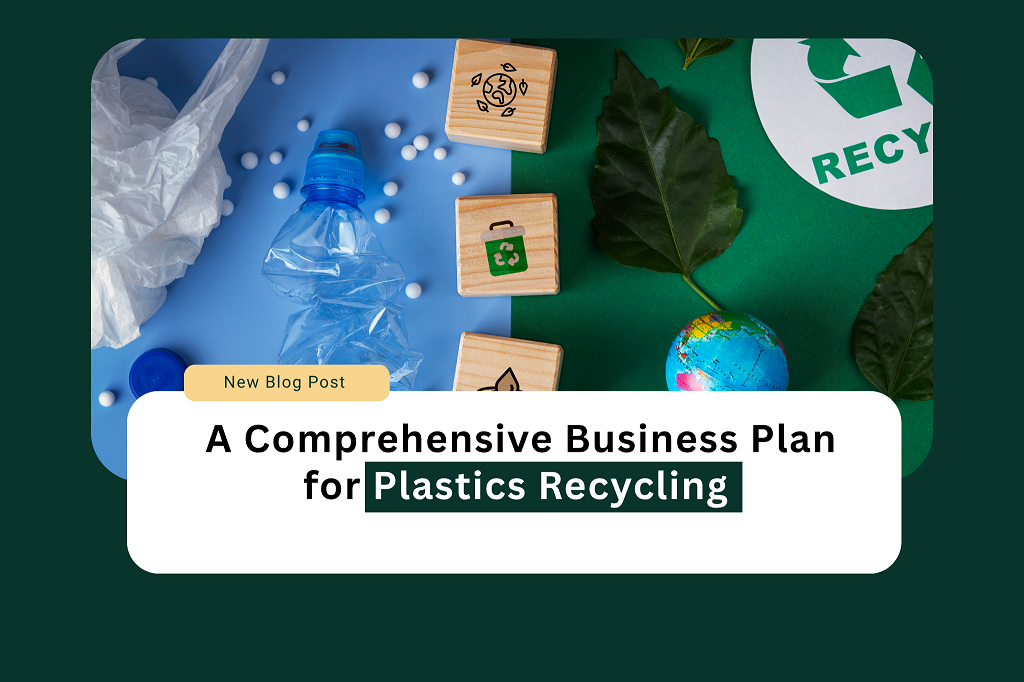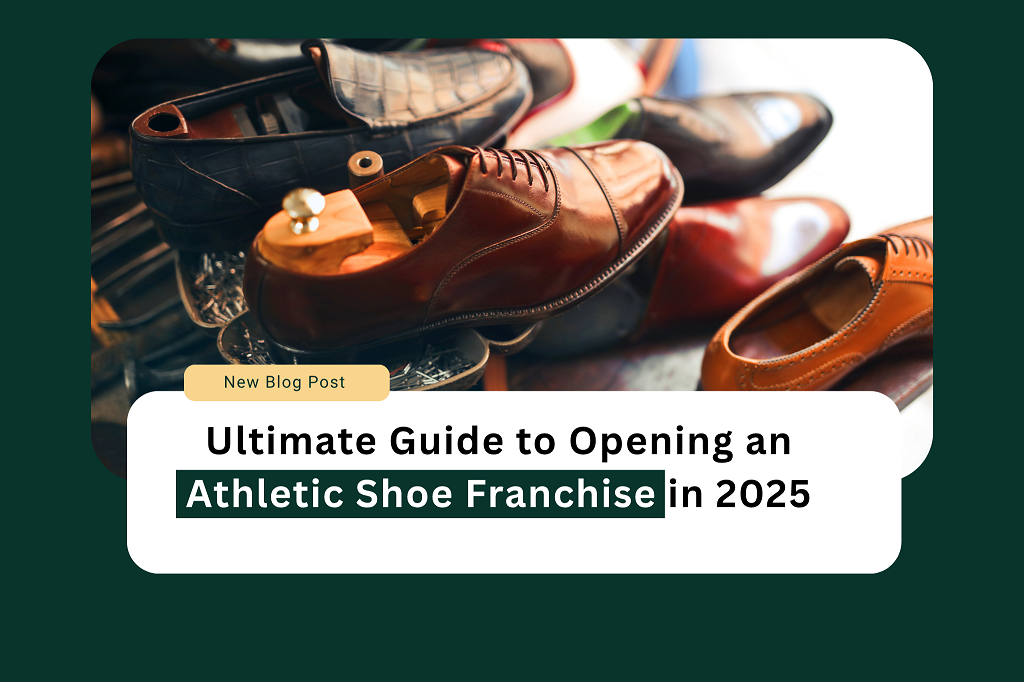Introduction
The automobile restoration industry expanded significantly during recent years because the classic car market reached $30.9 billion in value in 2023. Business owners seeking profit from their automotive interests should establish an automobile restoration enterprise. The guide contains complete procedures for establishing and growing restoration businesses that achieve success in the United States market.
Step 1: Market Research and Business Planning
Knowledge about automotive restoration markets plays an essential role in business achievement. Hagerty Classic Car Market Index reports that the classic car industry experienced an 8.3% yearly increase during the last five years. Classic car collectors, together with vintage automobile enthusiasts and investment-focused people, form the main audience for restoration services. Research shows that 73% of classic car owners choose professional restoration services instead of doing it themselves, which confirms the need for skilled restoration businesses in the market.
Step 2: Legal Requirements and Business Structure
The startup of an automobile restoration enterprise demands strict compliance with legal obligations. The first step involves selecting between LLC or corporation business structures because they offer liability protection alongside tax advantages. The business must acquire all essential authorizations as well as insurance policies which must include general liability insurance together with garage keeper’s liability insurance. A thorough insurance policy enables businesses to reach a 60% survival rate during their initial five-year operational period while those without proper protection face higher risks of failure.
Step 3: Location and Facility Setup
An automobile restoration business requires selecting a perfect location together with the appropriate facility. The selection process requires examining accessibility options, confirming facility size compliance, and checking local zoning regulations. The facility needs adequate workspace to accommodate several vehicles alongside specialized equipment areas and dedicated storage for parts together with completed project storage.
According to industry guidelines, each vehicle in production needs 1,000 square feet of space together with space for equipment and storage. Modern restoration facilities need workspace areas between 3,000 to 5,000 square feet to achieve their operational efficiency.
Step 4: Equipment and Tools Investment
A profitable automobile restoration business demands substantial financial investment toward high-quality equipment and tools. A successful restoration business requires having essential equipment that includes vehicle lifts, paint booths, welding equipment, diagnostic tools, and specialized restoration tools. The startup costs for properly equipped restoration shops fall between $150,000 and $250,000 based on current industry reports. Make an extensive inventory of needed items while ordering materials, starting with urgent necessities and upcoming business expansion needs.
Step 5: Building a Skilled Team
A well-trained team plays a central role in determining restoration quality. Professional technicians who specialize in bodywork along with mechanical repairs, upholstery, and painting should be hired. Shops that employ certified technicians receive service rates that are 40% higher than those shops that do not have certified staff. Create an extensive training initiative that should include educational relationships with technical institutions to ensure continuous access to qualified personnel.
Step 6: Marketing and Client Acquisition
An organization needs a compelling marketing plan because it works to draw both new clients and keep existing clients. Your business success will grow by combining an online portfolio website with appearances at classic car exhibitions and networking with car clubs and collectors. The restoration progress along with project completion should be shared through social media platforms. Businesses specializing in automobile restoration units that actively utilize social media grow their client base by 35% above competitors without digital marketing.
Step 7: Project Management and Quality Control
Organizations that use proper project management systems achieve efficient operations along with superior results. Complete documentation systems should be established for each restoration project to include pictures, item inventories, and work progress reports. Inform clients about restoration progress and provide candid updates by setting suitable project deadlines. Industry standards state that clients require two-week update reports on their projects and that large restoration projects should be broken up into smaller phases.
Step 8: Financial Management and Growth Planning
Successful long-term achievement requires proper management of finances. A business should develop transparent pricing plans while handling financial flows efficiently and keeping comprehensive financial records. Make a strategic plan that describes your expansion targets together with extra service lines and potential business opportunities. Businesses within the restoration industry that maintain financial organization and reinvest 15-20% of their profits into development reach 25% higher growth rates than the industry standard.
Conclusion
Building an automobile restoration company demands strategic organization combined with major financial resources and excellent craftsmanship to succeed. A successful enterprise in this expanding industry becomes possible through eight essential steps and constant dedication to excellence. Maintain industry trends with your team while using investment to develop their skills and equipment for better competitiveness.
We’d love to hear about your experiences in the automotive restoration industry! Please share your thoughts in the comments below, and don’t forget to share this article with fellow automotive enthusiasts on your social media platforms.
FAQs
What amount of capital does it normally take to establish an automobile restoration business?
Starting an automobile restoration business requires an initial capital ranging between $200,000 and $400,000 for facility expenses, along with equipment purchases and tools, insurance costs, and starting capital for the first quarter of operation.
Is there any requirement for special certifications when operating an auto restoration business?
The road to credibility and business success can be enhanced through ASE (Automotive Service Excellence) and ICAR (Inter-Industry Conference on Auto Collision Repair), although these certifications are not mandatory.
What is the standard timeframe for completing a typical restoration project?
A complete restoration process spans between six months and one year based on the vehicle’s condition as well as parts availability as well as project complexity.
What basic insurance policies should this business have in place?
The necessary insurance policies for this business consist of garagekeeper’s liability insurance together with general liability insurance, worker’s compensation, and property insurance.
What is the standard profit margin for businesses that restore automobiles?
The profit margin for each restoration project falls between 20% and 35% yet rare or exotic vehicles can yield elevated profit margins.
Read More : https://theacechronicle.com/hair-and-beauty-salon-business-plan/








